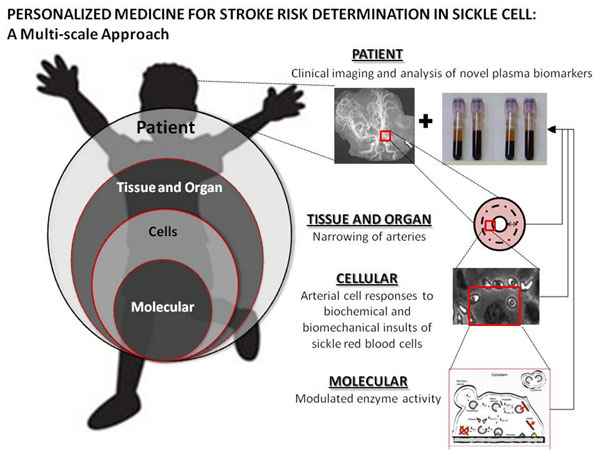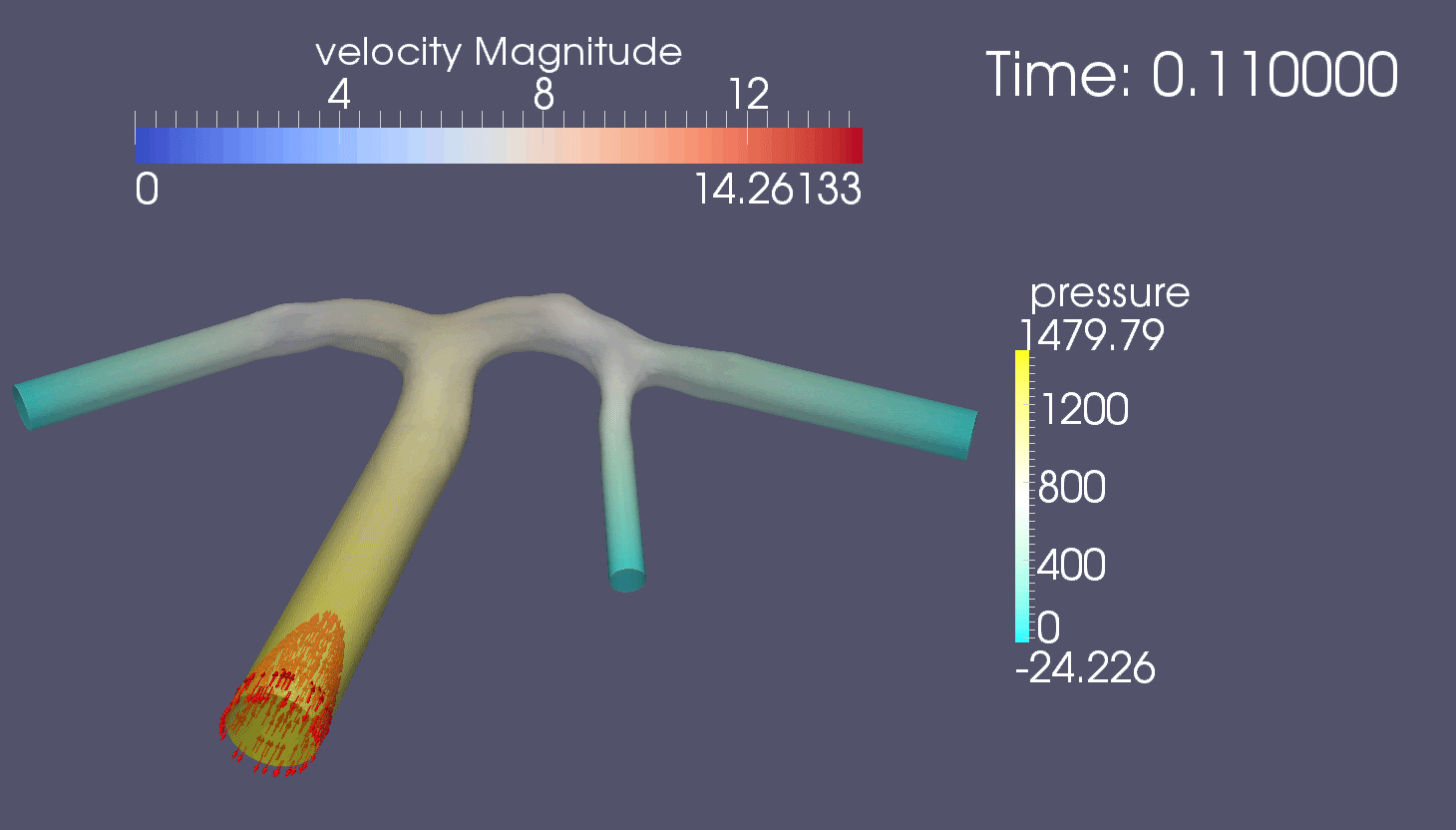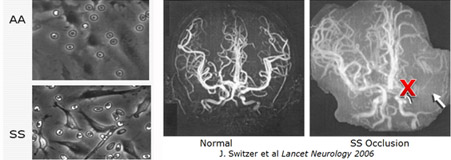Global Translational Research
HIV and Cardiovascular Disease in the US and Abroad

The success of highly active antiretroviral therapy (HAART) has transformed HIV-infection from a terminal diagnosis to a manageable chronic disease. HIV-infected children and adults, however, have shown elevated incidence of atherosclerosis, pulmonary arterial hypertension, and cerebrovascular complications. Our work seeks to develop novel tissue engineered experimental platform to study human cardiovascular events due to HIV infection, and to use animal native artery studies to guide tissue engineered strategies and parse mechanisms that are viral protein mediated from those due to active virus.
Low cost assays to monitor HIV disease progression and adherence to drug regimens

There is a need to develop affordable and reliable markers of adherence to antiretroviral therapy (ART), particularly for resource limited settings such as those in South Africa and Ethiopia, where we have established collaborations. We are currently applying our cathepsin zymography assay and applying it to studies of peripheral blood mononuclear cells, including monocytes and CD4+ T cells from HIV positive individuals. We investigated whether zymography could detect HIV disease progression or adherence to ARTs. Partnerships in Johannesburg, South Africa and Addis Ababa, Ethiopia
Strokes in children with sickle cell disease

Children with sickle cell disease have an 11% chance of suffering a major stroke by the age of 16, and there is a 221-fold increase in their risk of stroke. Silent strokes lead to impaired mental function and cognitive abilities during development, and massive strokes can be fatal. Cell-cell interactions and the inflammatory conditions characteristic of sickle cell disease lead to accelerated arterial remodeling in pediatric patients causing strokes.
Computational fluid dynamics of blood flow in the cerebrovasculature


Hemodynamic parameters of the blood in sickle cell disease change its properties and can influence cell and tissue mechanic properties in the vasculature. CFD models of disturbed blood flow in these individuals are currently being developed and then actuated in bioreactors in our research laboratory.
